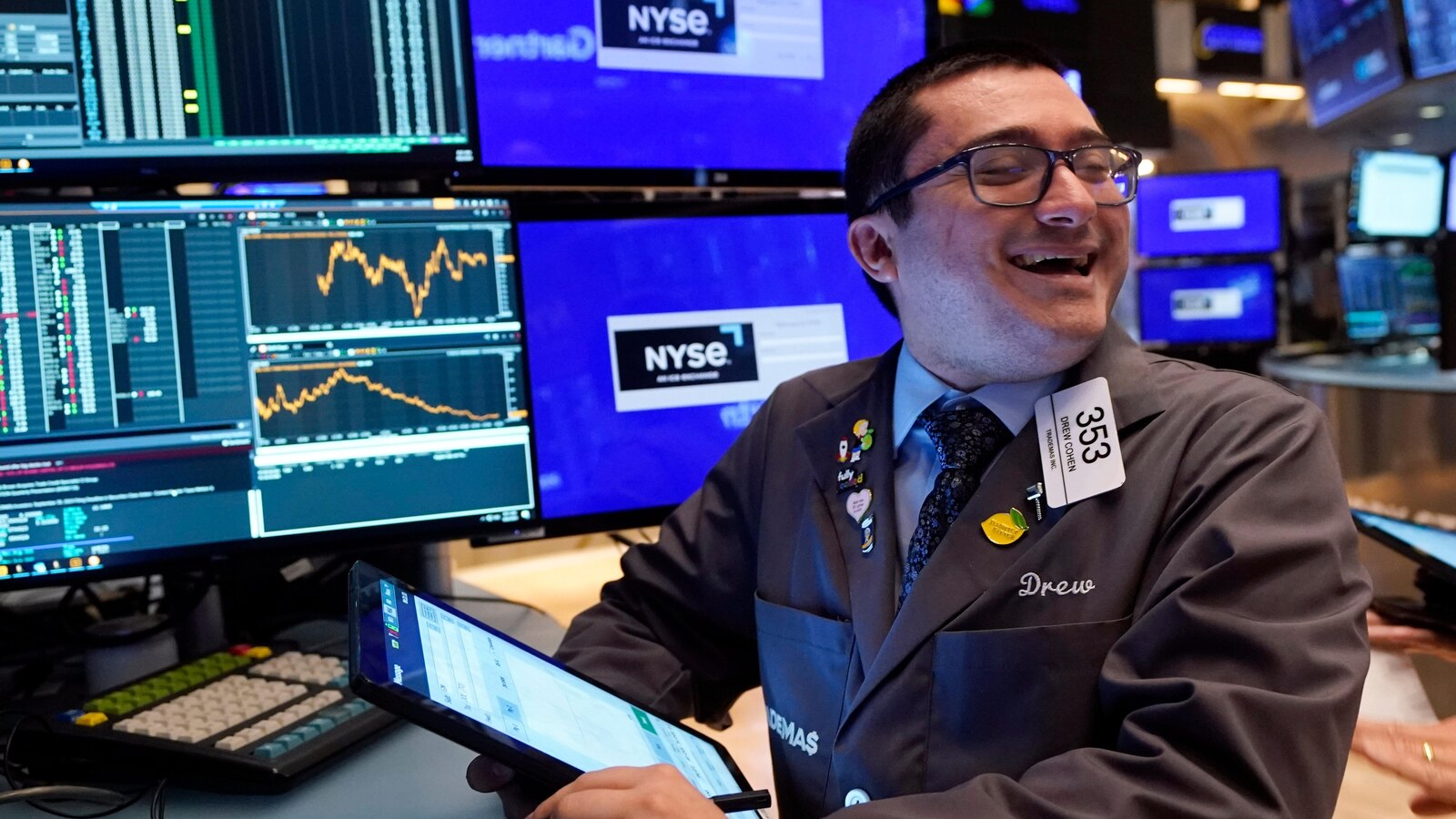Shares advanced Wednesday in Asia, with Japan’s benchmark Nikkei 225 index falling shortly after the open and then bouncing as it climbed higher.
The Nikkei index was up 3.1% by midday, at 35,725.58. It had soared more than 10% on Tuesday, recovering a large share of the losses it suffered Monday, its worst day since 1987.
The gains followed remarks by a Bank of Japan official who noted that even though the central bank had raised interest rates a week earlier, to 0.25% from 0.1%, monetary policy remains lax.
“Given that actual inflation and inflation expectations have risen, this rate is very low in real terms … and implies highly accommodative financial conditions,” Shinichi Uchida, a vice governor of the central bank, said in a speech to business leaders in Hokkaido.
The interest rate hike, however modest, set in motion a domino effect of selling by traders to adjust to higher costs for carry trades — a favorite trade for hedge funds and other investors — due to higher interest rates and a rise in the value of the Japanese yen against the U.S. dollar.
The dollar rebounded sharply against the yen early Wednesday, jumping to 147.53 yen during from 144.32 late Tuesday. A weaker yen tends to help profits of export manufacturers that earn most of their revenue overseas, and a surge in the yen’s value after the BOJ’s rate hike led to big gains for the Japanese currency late last week.
In recent months the dollar had traded at a near four decade high level of 160 yen.
It was the unwinding of carry trades plus worries over the outlook for the U.S. economy that sent markets tumbling late last week and into Monday’s session.
On Wednesday, China reported that its exports rose 7% in July from a year earlier. That was well below the near-10% forecasts of most economists and the slowest rate of growth in three months. It also reflected a low base. Exports jumped 8.6% year-on-year in June.
Hong Kong’s Hang Seng erased early losses and rose 1.6% to 16,917.49. The Shanghai Composite index gained 0.4%, to 2,879.15.
South Korea’s Kospi jumped 2.3% to 2,579.10 and the benchmark in Taiwan jumped 3.6% — both markets were among the biggest losers in Monday’s sell-offs due to heavy weighting of technology shares that have seen the biggest losses in the past few weeks.
The S&P/ASX 200 in Australia was up 0.8% at 7,738.20.
On Tuesday, the S&P 500 climbed 1% to break a brutal three-day losing streak. It had tumbled a bit more than 6% on a raft of concerns, including worries the Federal Reserve had pressed the brakes too hard for too long on the U.S. economy through high interest rates in order to beat inflation.
The S&P 500 rose 53.70 points to 5,240.03. The Dow added 294.39, or 0.8%, to 38,997.66, and the Nasdaq gained 166.77, or 1%, to 16,366.85.
Stocks of all kinds climbed in a mirror opposite of the day before, from smaller companies that need U.S. households to keep spending to huge multinationals more dependent on the global economy.
While fears have risen that the U.S. economy might be slowing too quickly, it is still growing. Many economists see a recession in the next year or so as unlikely. The U.S. stock market is also still up a healthy amount for the year so far, and the Federal Reserve says it has ample room to cut interest rates to help the economy if the job market weakens significantly.
The S&P 500 has romped to dozens of all-time highs this year and is still up nearly 10% so far in 2024, in part due to a frenzy around artificial-intelligence technology. Critics have been saying that euphoria has sent stock prices too high in many cases.
In the bond market, the yield on the 10-year Treasury rose to 3.88% from 3.78% late Monday. It had briefly dropped below 3.70% during Monday when fear in the market was spiking and investors were speculating the Federal Reserve could even have to call an emergency meeting to cut interest rates quickly.
In other dealings Wednesday, U.S. benchmark crude oil was up 17 cents at $73.37 per barrel. Brent crude, the international standard, added 17 cents to $76.65.
The euro fell to $1.0912 from $1.0928.

